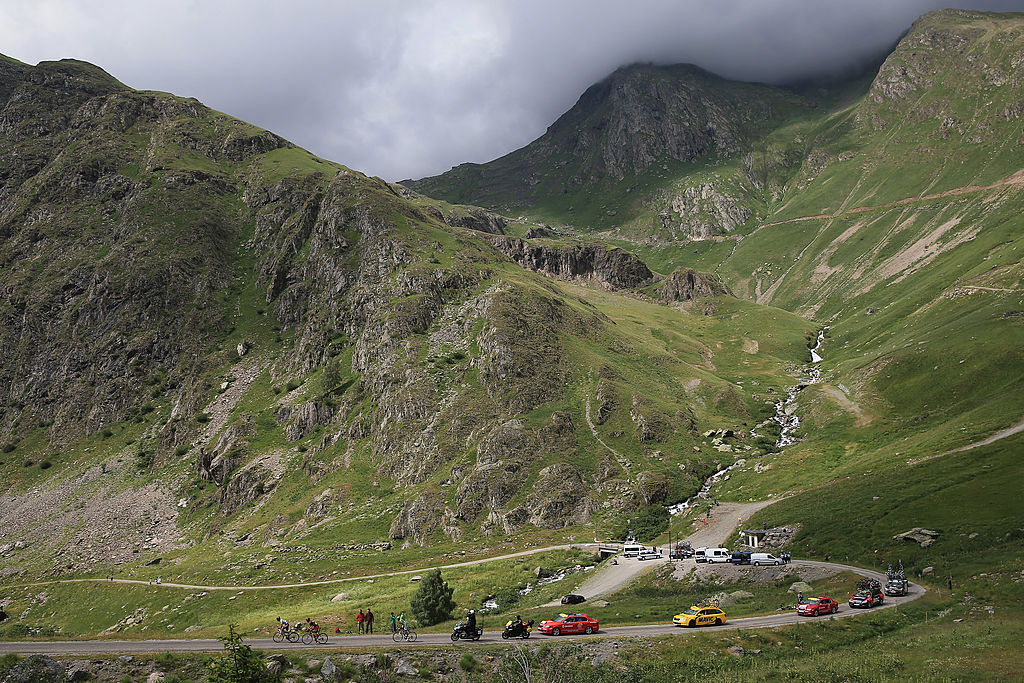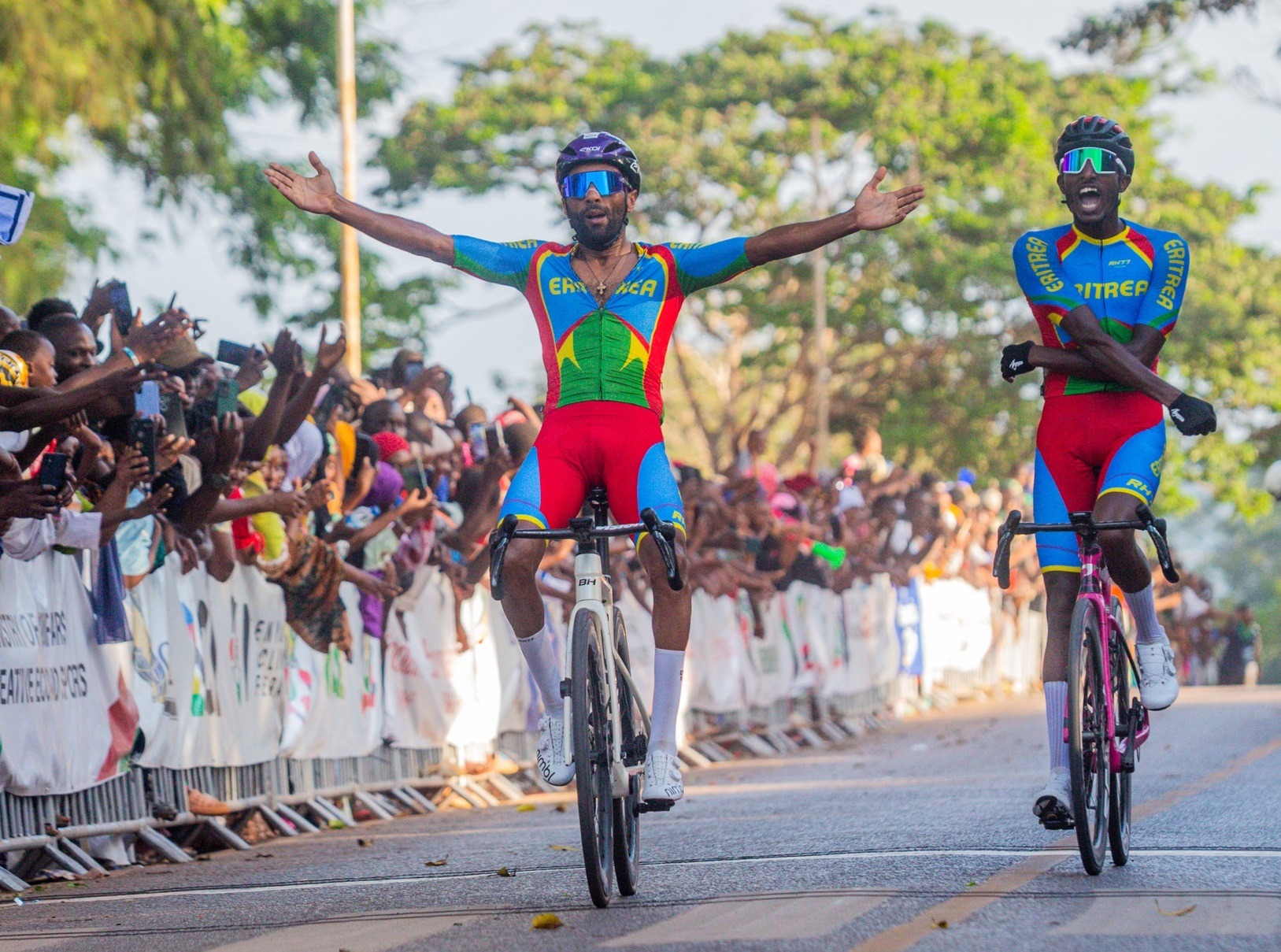2026 Tour de France use of Col de Sarenne sparks opposition from local environmentalists
Petition started over concerns over potential spectators numbers in sensitive high mountains area

Local environmentalists have started a campaign against the Tour de France's use of the Col de Sarenne as part of the race's toughest mountain stage of 2026.
Located deep in the Alps, the 12.9-kilometre Col de Sarenne is due to be tackled as the last major ascent of the 2026 race, forming part of a double assault over two days of the nearby Alpe d'Huez.
As reported by cyclismactu.net, a campaign opposing its inclusion in the route has been begun by environmentalists, with an online petition now collecting signatures.
The petition points out that the Col de Sarenne is situated next to a natural park, and claims the area is home to a host of different wild animals, including marmots, foxes, chamois, short-toed snake eagles and stoats.
It also mentions that apart from the possibility of huge numbers of spectators lining the route, although it has yet to be confirmed that fans will be allowed to stand on the roadside there. It adds that helicopters will overfly the race, and that the same route will be tackled by thousands of amateur riders earlier in the week as part of the Étape du Tour – although again this has yet to be fully confirmed.
The same petition also highlights concerns about up to four types of wild birds, including golden eagles, whose hatching periods take place in the Sarenne area or in adjoining valleys in July. It points out that the Col de Sarenne usually has a speed limit of 20kmh and that the road – narrow and unbarriered in some places – is closed for eight months of the year.
It has not yet emerged if the Tour de France will take precautionary measures to limit the impact of spectators or race on the route, something that frequently happens when the Tour enters environmentally sensitive areas.
The latest race content, interviews, features, reviews and expert buying guides, direct to your inbox!
Past measures in the Tour and other races in areas at risk of major ecological damage have ranged from the banning of spectators to the limiting of race vehicles to motorbikes – as happened in the 2025 Vuelta a España on the highest part of the ascent to Bola del Mundo on stage 20, for example. Other measures have included a ban on the publicity caravan or on race convoy cars using their horns.
In 2013, the Tour used the Sarenne when the race also tackled Alpe d'Huez twice on a single day, partly as a classified Cat.2 climb but principally as a descent, so it could return to the foot of the usual route up the Alpe.
In 2026, it will go up Alpe d'Huez twice, but on consecutive days. The first ascent on stage 19 will be up the 'standard' route, the second up the Sarenne before connecting up with the closing kilometres of the usual Alpe d'Huez climb.
As of November 24, the online petition had already gained nearly 6,000 signatures, roughly half of the total that the same petition against the Sarenne being part of the Tour reportedly garnered back in 2013.
Alasdair Fotheringham has been reporting on cycling since 1991. He has covered every Tour de France since 1992 bar one, as well as numerous other bike races of all shapes and sizes, ranging from the Olympic Games in 2008 to the now sadly defunct Subida a Urkiola hill climb in Spain. As well as working for Cyclingnews, he has also written for The Independent, The Guardian, ProCycling, The Express and Reuters.
You must confirm your public display name before commenting
Please logout and then login again, you will then be prompted to enter your display name.

